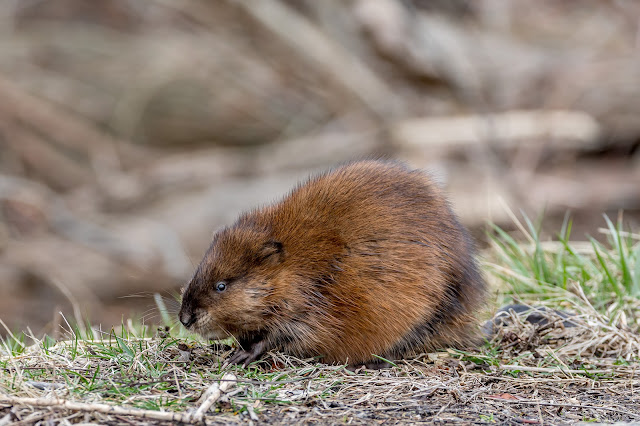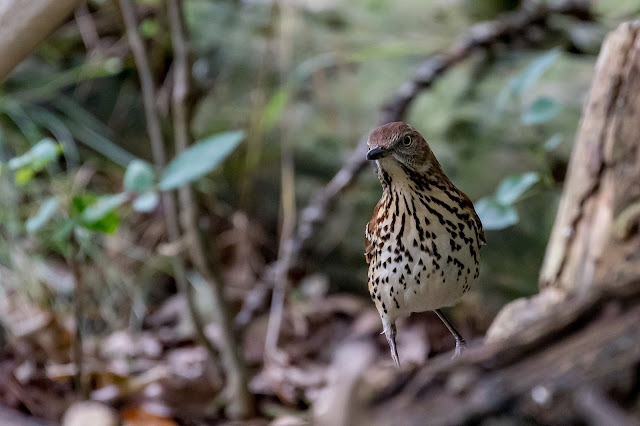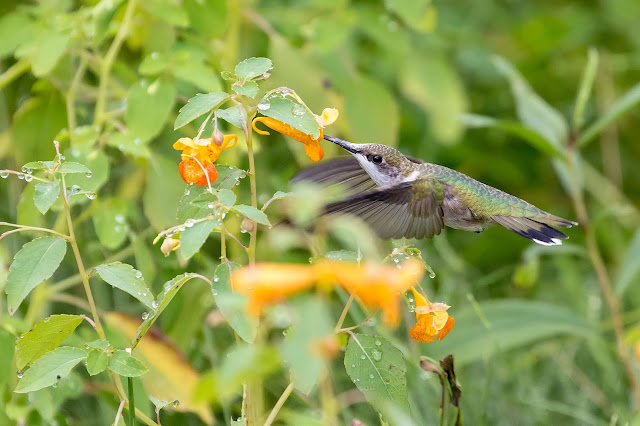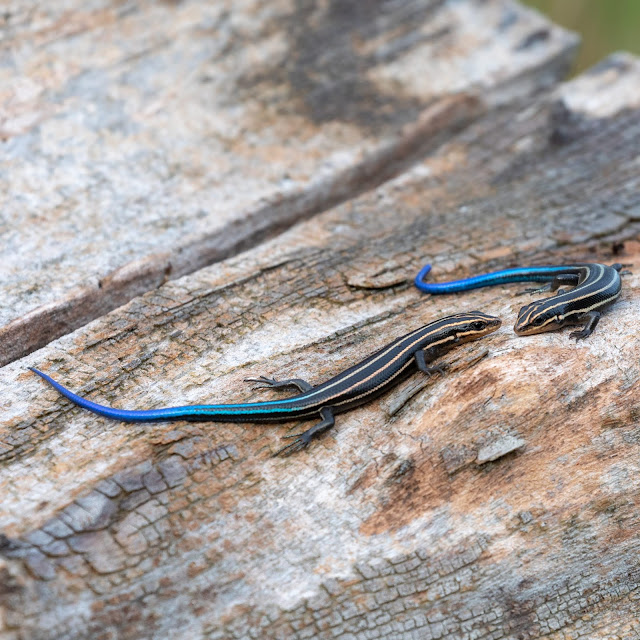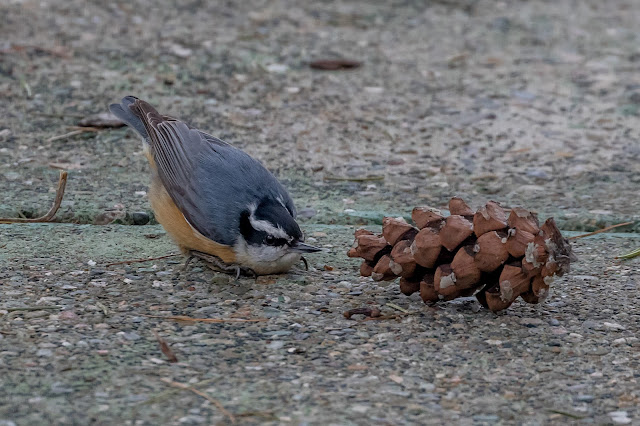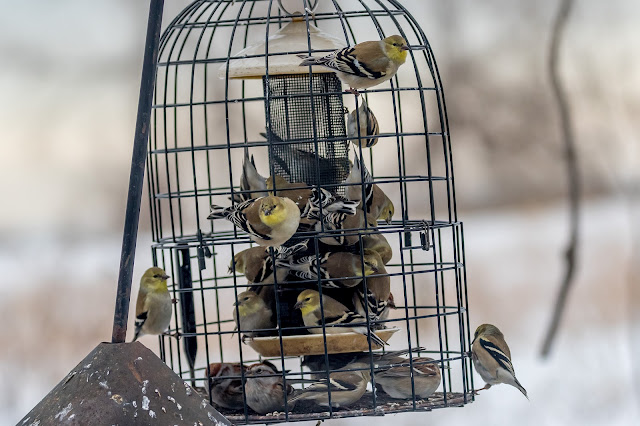Vesper Sparrow

March 31, 2020, Rondeau Provincial Park, Ontario, Canada. A first for our yard, number 178. Taken through the wonderful wildlife window. Pooecetes gramineus Vesper Sparrows sing a sweet tinkling song during the day and well into the evening hours—the twilight of vespers, prompting its name. source - Cornell Lab of Ornithology.
